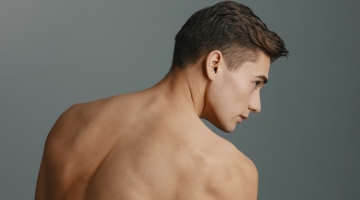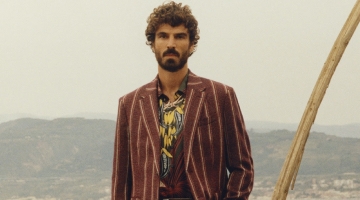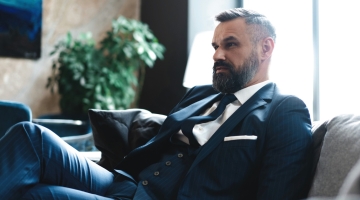
In menswear, the distinction between a good suit and a great one often lies in the details of its construction and fit. Suit alterations, a skillful blend of art and precision, are pivotal in transforming off-the-rack clothing into bespoke masterpieces.
From the subtle nuance of a perfectly hemmed trouser to the exact fit of a blazer on the arm, alterations reflect the power of personalized style. The journey of a men’s suit from retail racks to a custom-fitted garment is both an art and a science, where every detail matters.
Key Areas of Focus for Suit Alterations

Suit alterations transform ready-to-wear suits into custom-fit masterpieces, closely rivaling the feel and appearance of a custom-made suit. This process expertly tailors a suit to an individual’s body, enhances the aesthetic appeal, and significantly elevates the wearer’s comfort and confidence.
Jacket Alterations
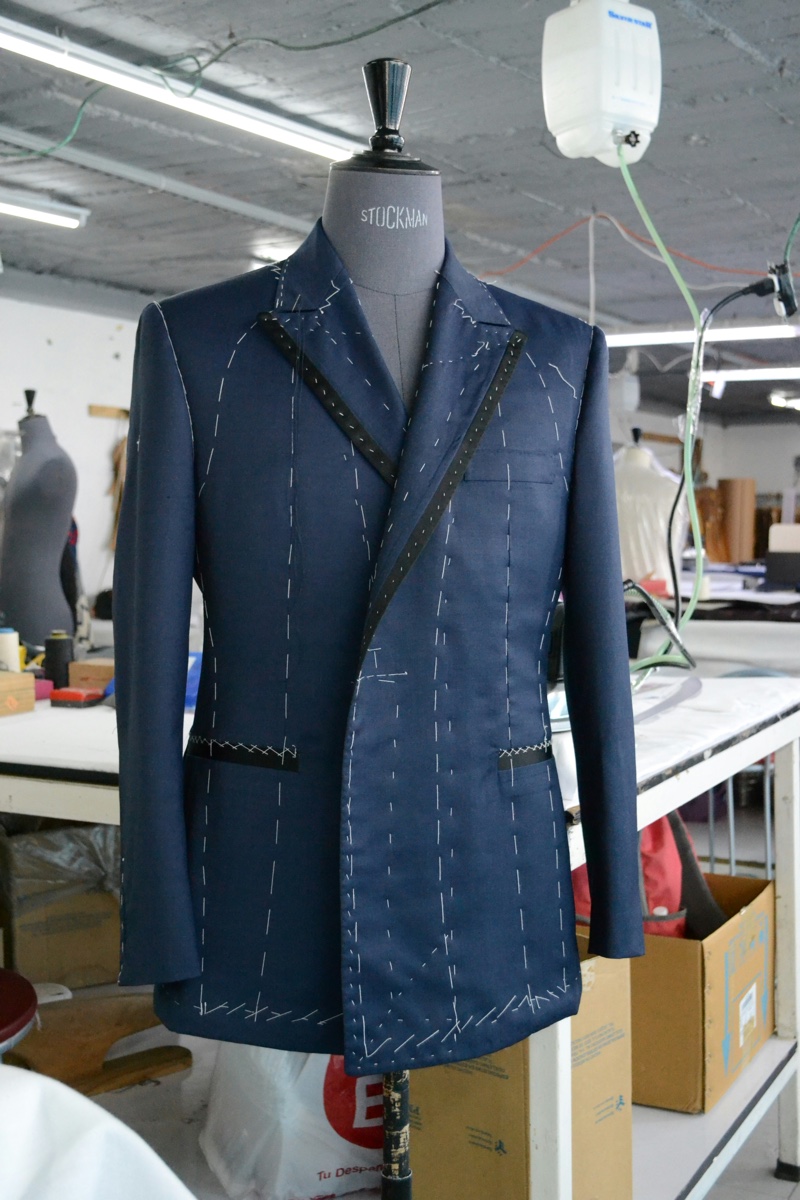
Jacket alterations are a crucial component of suit tailoring, significantly impacting the overall look and fit of the suit.
Sleeve Length Adjustments
The length of the jacket’s sleeves is a key detail in suit alterations. Ideally, the sleeve should end just above the wrist bone, allowing a small portion of the shirt cuff to be visible.
Shoulder Fit

The jacket’s shoulders’ fit is critical for comfort and appearance. Shoulders that are too tight can restrict movement and create an uncomfortable wearing experience.
Conversely, shoulders that are too loose can make the jacket look oversized and untidy. A tailor will adjust the shoulders to align perfectly with the wearer’s natural shoulder line, providing a clean and structured look.
Buttonhole Adjustments
Buttonholes are often overlooked in suit alterations, yet they play a significant role in the jacket’s functionality and style. A tailor may reposition or resize buttonholes to improve the jacket’s closure and overall fit.
Lining & Padding Modifications
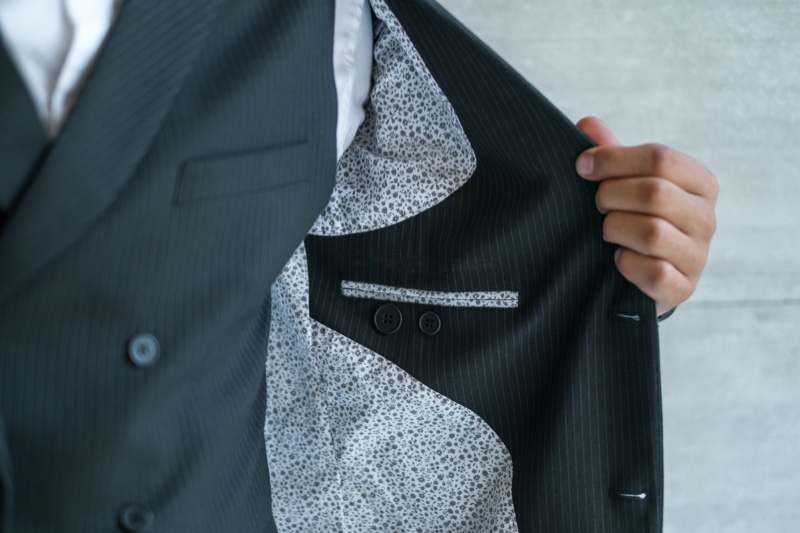
The jacket’s lining and padding are integral to its structure and shape. Adjusting the lining can change how the jacket drapes over the body while altering the padding can impact the jacket’s silhouette and comfort.
Tailors tailor these elements to enhance the jacket’s fit and suit the wearer’s preferences, whether for a slim profile or a more traditional, structured look.
Trousers & Hem Adjustments
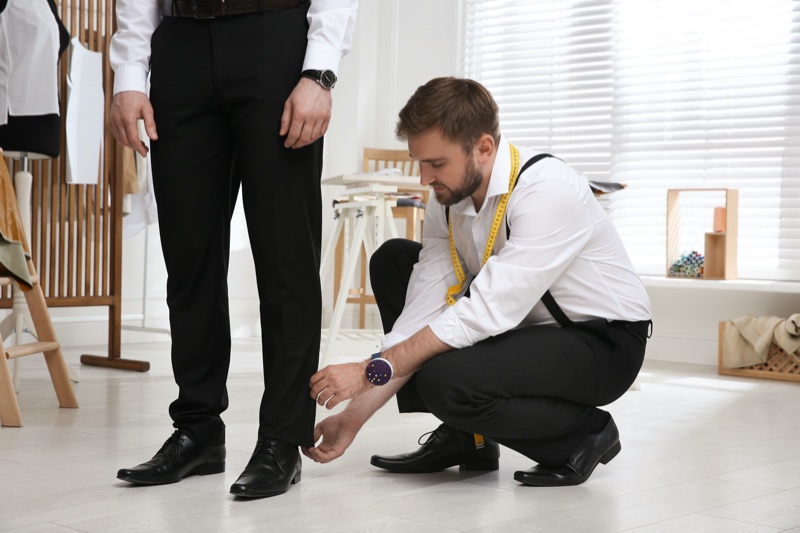
Trousers play a significant role in the overall appearance of a suit, and their proper alteration is crucial for achieving a refined and tailored look.
Length Alterations
The length of the trousers is a primary consideration in suit alterations. Correctly altered trousers should have a slight break, the small crease formed by the trouser leg as it meets the shoe.
This break is essential for a polished appearance, ensuring the trousers are neither too long (causing excessive bunching) nor too short (which can appear casual or ill-fitting).
Waist & Seat Adjustments
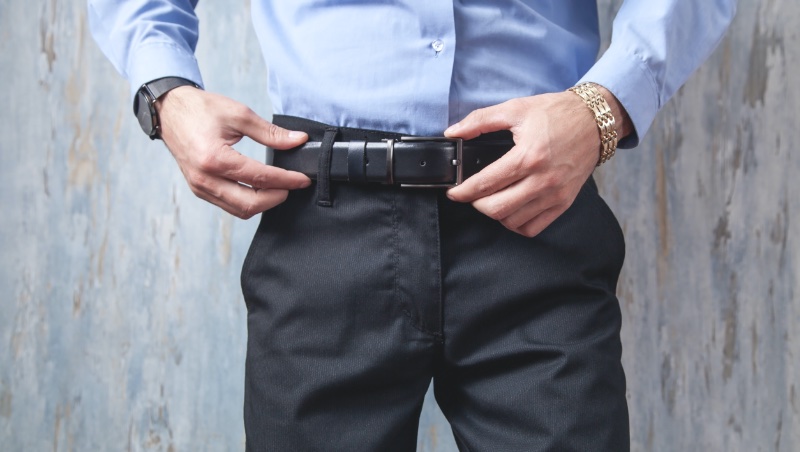
A well-fitting waistband is crucial for comfort and aesthetics. Tailors can adjust the waist to prevent the trousers from being too tight or loose.
Additionally, adjustments to the seat of the trousers (the area around the hips and rear) are essential for a smooth, contoured fit that eliminates sagging or tightness.
Tucks & Darts
Tailors can add tucks or darts to the trousers for a more personalized fit. These small folds of fabric, sewn into the waistline, help to create a more tapered look and are particularly useful for adjusting the fit of the trousers around the hips and waist.
Hemming for Shoe Styles
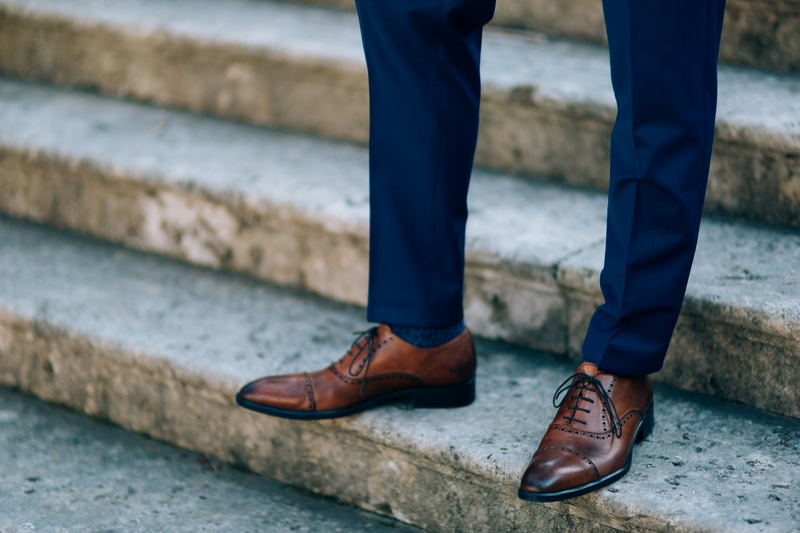
The hem of the trousers should be tailored for length and the style of shoes typically worn. Different shoe styles may require slightly different hem lengths to maintain a proportional look.
A good tailor will ask about the type of shoes you frequently wear to ensure the hemming complements your overall style.
Suit Customization & Personalization
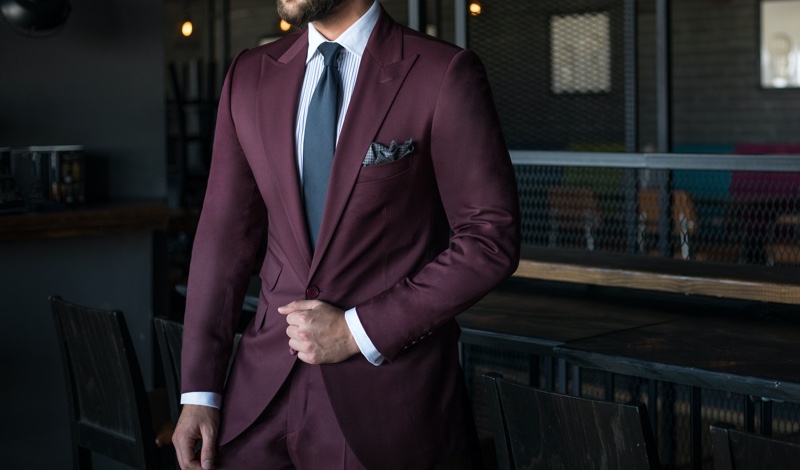
Customization and personalization are key aspects of suit alterations, allowing individuals to imprint their style and preferences onto their suits. These details, ranging from buttons to specific cuts, make each suit unique and tailored to the wearer’s taste.
Personalization Options
- Buttons: Changing the buttons on a suit can have a subtle yet significant impact. Whether choosing a unique color, material, or style, custom buttons can add a personal touch to the suit.
- Cut Adjustments: The cut of a suit defines its overall style. Adjusting the cut during alterations can transform its look, whether tapering the trousers for a modern silhouette or adjusting the jacket for a classic fit.
- Additional Detailing: Personalization can also come in the form of additional details such as custom lapels, unique pocket styles, or even special linings. These additions make the suit stand out and reflect the individual’s personality.
- Creating a Unique Style: Tailors can work with clients to identify unique styles. This might involve combining different fashion elements, experimenting with textures, or incorporating unconventional design aspects.
Suit Alteration Costs & Considerations
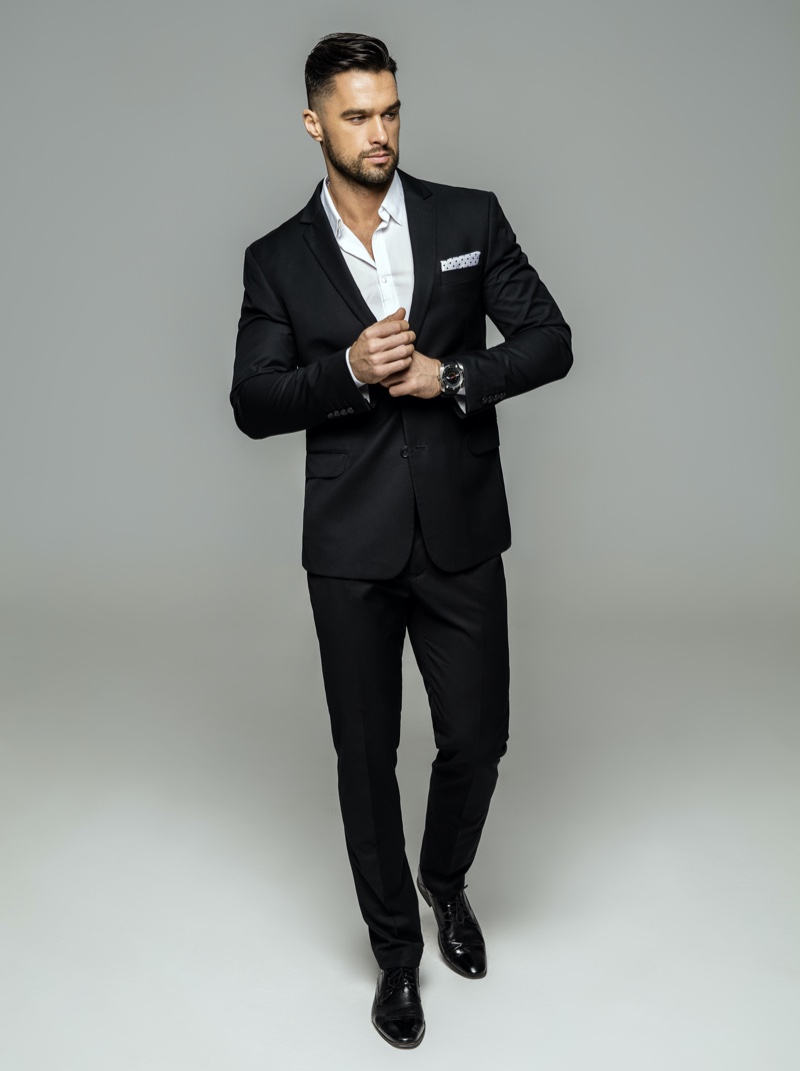
Understanding the costs associated with suit alterations is essential for anyone looking to tailor their suit. Balancing the investment in quality alterations against budget constraints is key to making informed decisions.
Understanding the Costs
- Alteration Types: Different types of alterations come with varying costs. Simple adjustments like hemming trousers are generally more affordable, while extensive changes like resizing a jacket can be more costly.
- Tailor’s Expertise: The cost of alterations can also depend on the tailor’s skill level and experience. A highly skilled tailor may charge more, but the quality of their work often justifies the price.
- Fabric and Complexity: The suit’s material and the complexity of the requested alterations can impact the cost. Delicate fabrics or complex designs require more time and skill, increasing prices.
Balancing Quality & Cost
- Investment in Longevity: Investing in quality alterations can extend the life of a suit, making it a wise long-term investment. Well-fitted, well-maintained suits can last for years, reducing the need for frequent replacements.
- Prioritizing Alterations: If working with a limited budget, prioritize alterations that significantly impact fit and comfort, such as adjusting the waist or hemming trousers.
Ready-to-Wear vs. Tailored Suits
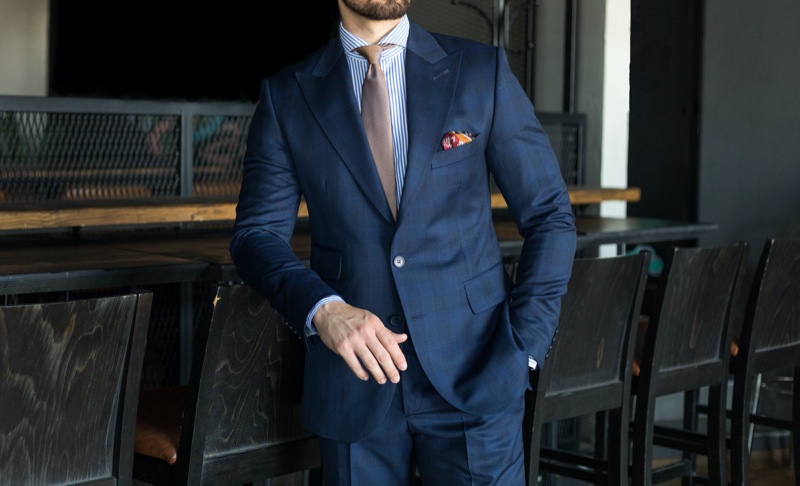
The choice between ready-to-wear and tailored suits is a significant consideration for many men. Understanding each option’s benefits helps make an informed decision that aligns with personal style, fit preferences, and budget.
Ready-to-Wear Suits
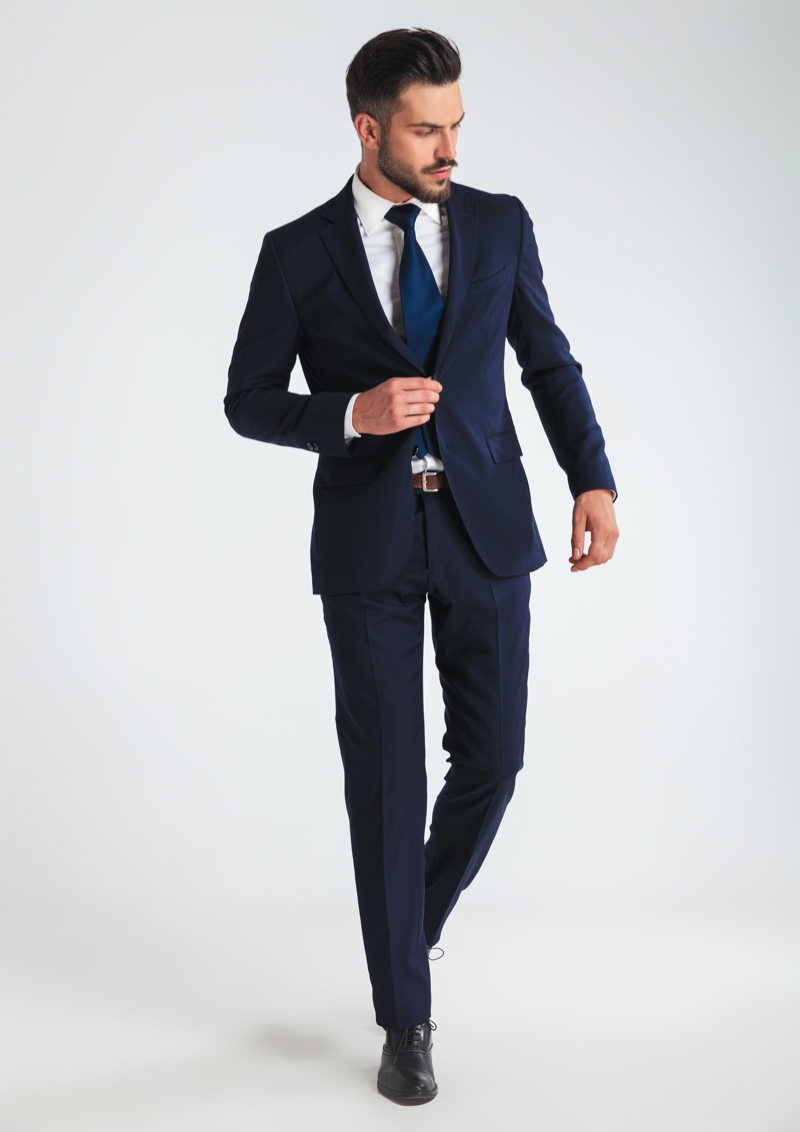
- Convenience: Ready-to-wear suits offer the convenience of immediate purchase and use. They are ideal for those needing a suit quickly or for those who fit well into standard sizes.
- Cost-Effective: Generally, ready-to-wear suits are more budget-friendly compared to custom-tailored options. They offer a practical solution for those who are cost-conscious.
- Variety: These suits come in a range of styles, colors, and fabrics, providing a broad selection to choose from.
Tailored Suits

- Perfect Fit: A tailored suit is adjusted or made to fit one’s exact measurements, providing a level of comfort and fit that ready-to-wear suits may not offer.
- Personalization: Tailoring allows for personalization in every aspect of the suit, from the fabric choice to the style of the buttons and lapels, ensuring the suit reflects the wearer’s style.
- Quality and Craftsmanship: Tailored suits often showcase superior craftsmanship. The attention to detail in tailored suits is typically higher, contributing to the suit’s aesthetic and durability.
Comparing the Benefits
While ready-to-wear suits offer convenience and affordability, tailored suits provide a superior fit and personalization. Tailored suits are often seen as an investment in one’s wardrobe, reflecting a commitment to quality and individual style.
The Art of Tailoring
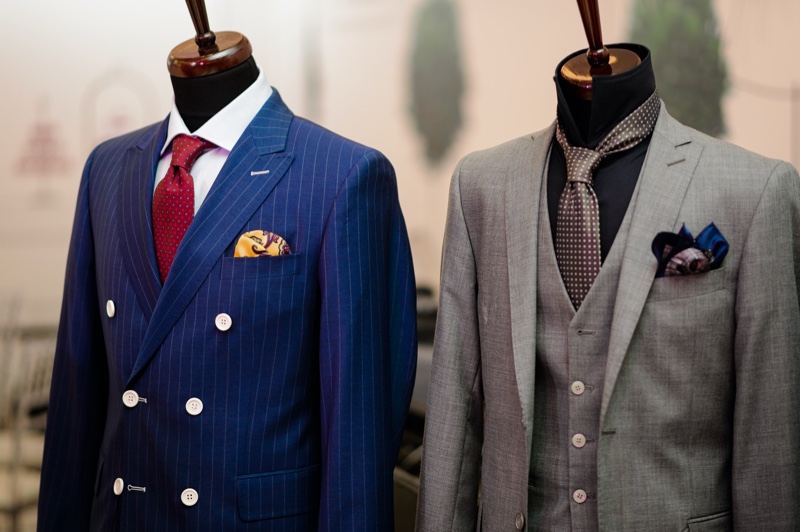
Every cut, tuck, and adjustment in suit alterations is a step toward achieving a balance between form and function. The journey from the initial selection of a wool blazer or trousers to the final fitting is meticulous, reflecting a commitment to excellence in craftsmanship and style.
As this exploration concludes, one realizes the transformative power of alterations. A well-altered suit speaks volumes; it conveys confidence, sophistication, and an attention to detail that transcends the boundaries of traditional fashion—it’s a seamless extension of the individual’s personality, perfectly aligned with their unique style.

